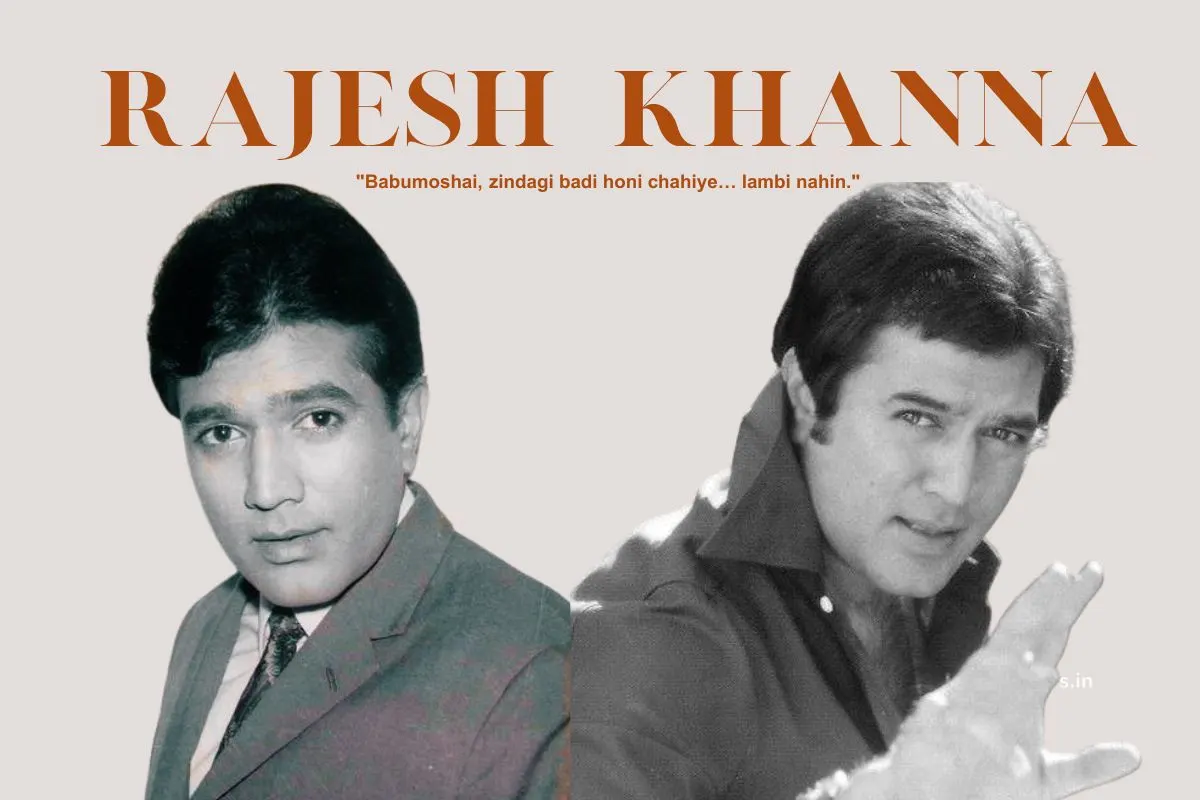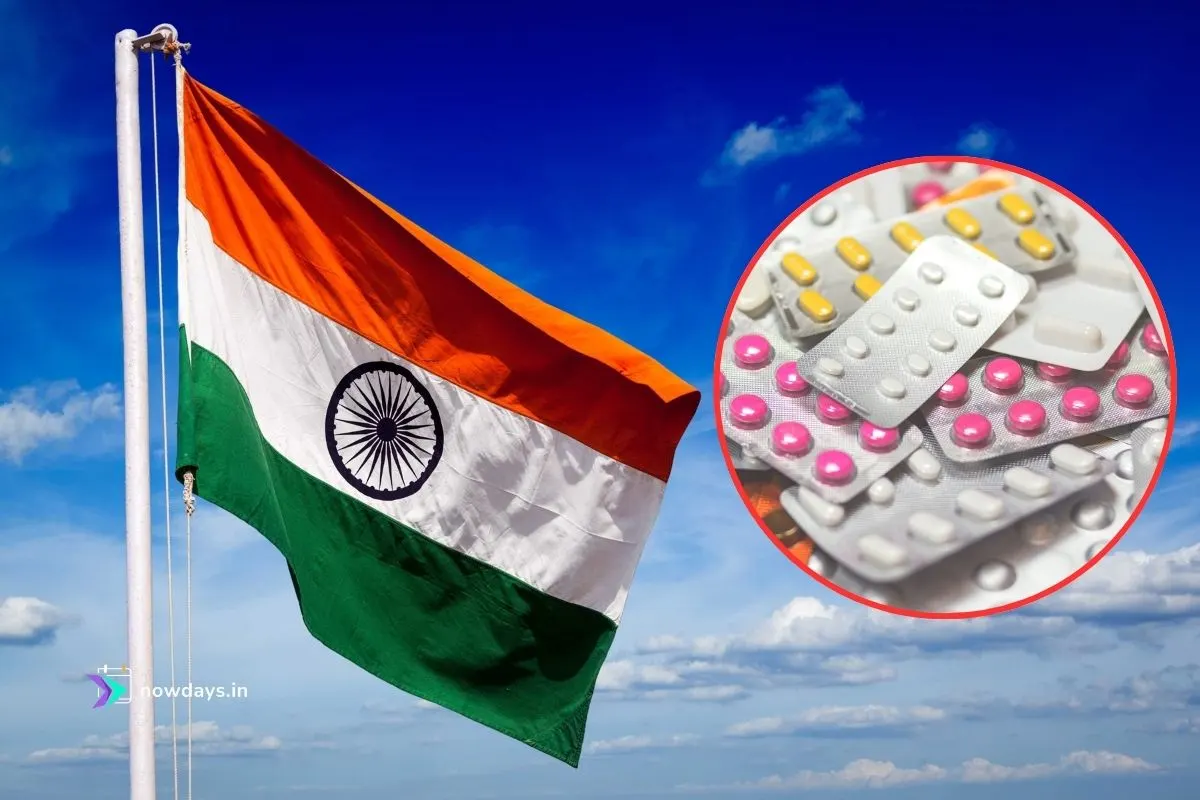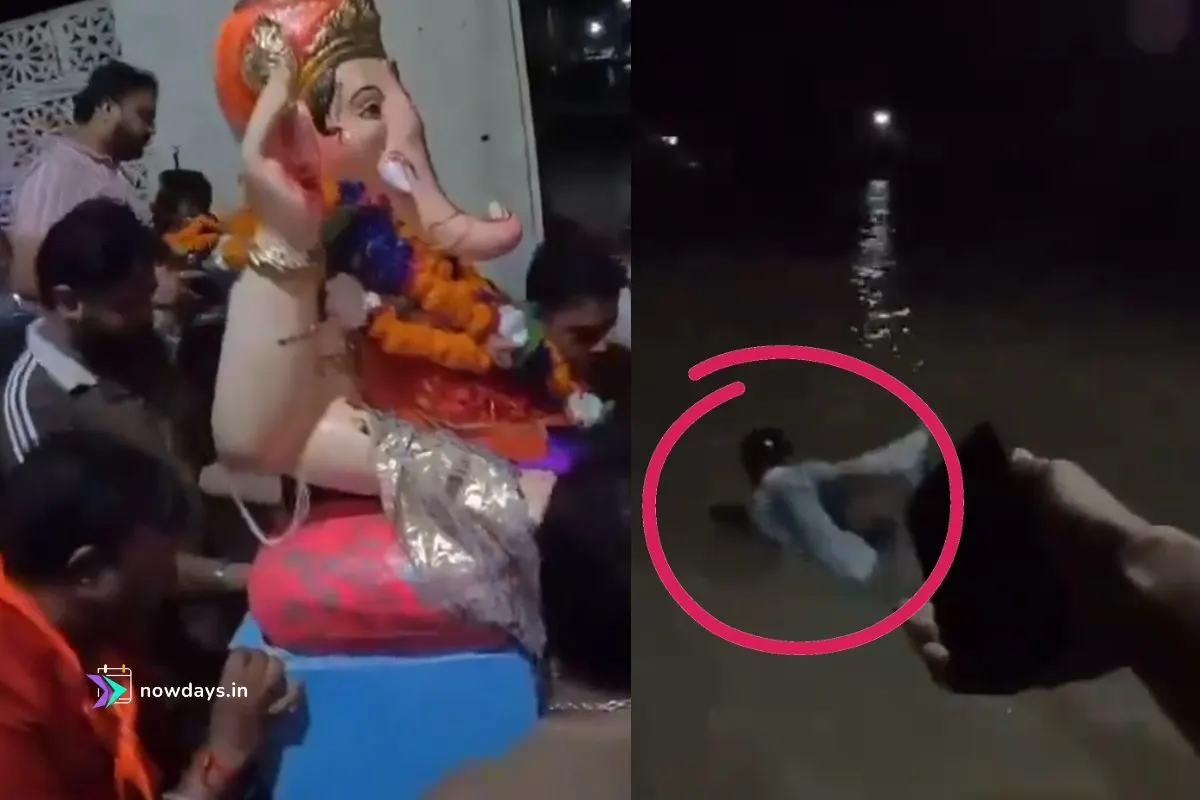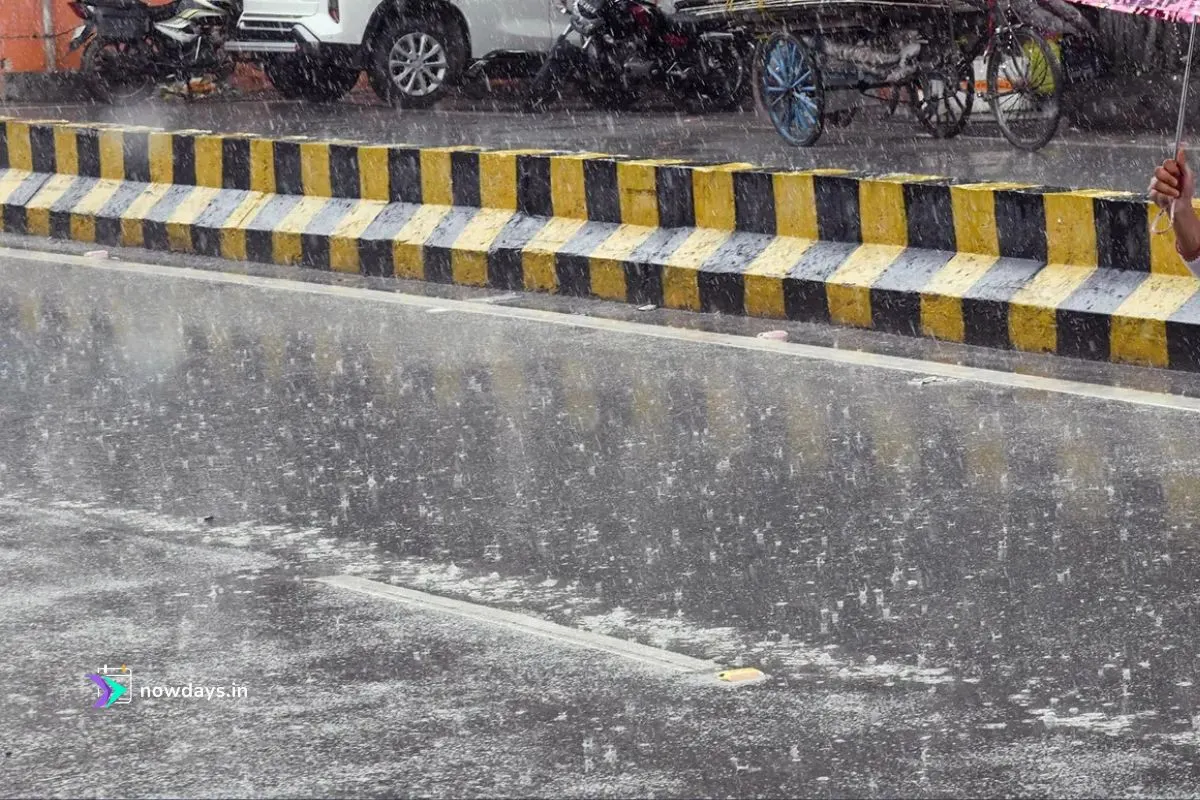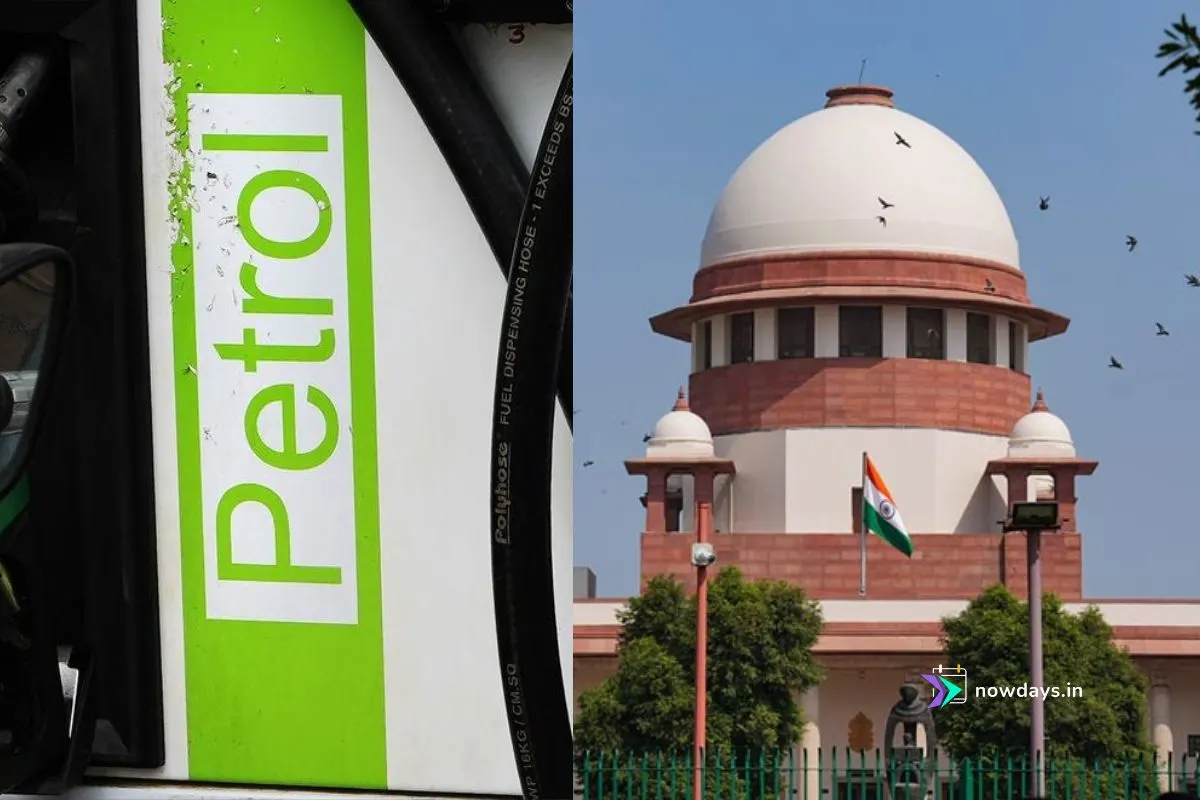“Babumoshai, zindagi badi honi chahiye… lambi nahin.” (Life should be great… not long.)
This iconic dialogue from Anand (1971) encapsulates the philosophy of the man who lived it – Rajesh Khanna, the undisputed first superstar of Indian cinema, born Jatin Khanna on December 29, 1942. Thirteen years after his passing on July 18, 2012, his enigmatic smile and trembling lips continue to haunt the collective memory of a nation that once worshipped him with religious fervor .
The Birth of a Phenomenon: From Jatin to Rajesh
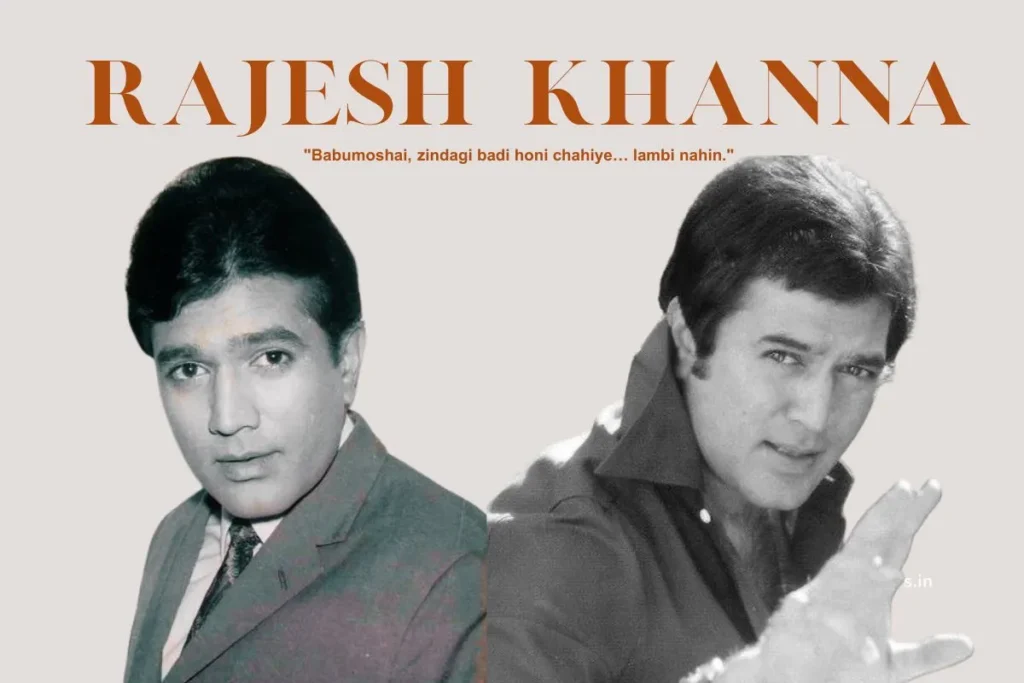
Born in Amritsar to a Punjabi Hindu family, Khanna’s journey began unconventionally. Adopted by relatives Chunni Lal and Leela Wati Khanna, young Jatin attended St. Sebastian’s Goan High School alongside future star Jeetendra. His theatrical talents emerged early, winning college drama competitions . The turning point came in 1965 when he bested 10,000 contestants in the All India United Producers’ Talent Contest – a victory that earned him his screen name (suggested by his uncle) and a film contract . His debut Aakhri Khat (1966) made history as India’s first official Oscar entry, foreshadowing the extraordinary career to come .
Read more: Tesla Enters India — Plans V4 Supercharger Network Ahead of Model Y Deliveries
The Unprecedented Reign (1969-1972): When Hysteria Met the Silver Screen
The late 60s witnessed a cinematic revolution:
- 1969: Aradhana exploded like a cultural atom bomb. As Arun/Suraj, Khanna’s double role alongside Sharmila Tagore created unprecedented hysteria. Trains were halted by fans, women wrote letters in blood, and his MG sports car bore lipstick marks from admirers .
- The Golden Streak: From 1969-1971, he delivered 17 consecutive hits – a record still unchallenged. Do Raaste, Kati Patang, Safar, and Maryada cemented his status as the “one-man industry” .
- The Khanna Algorithm: Directors discovered a formula – his close-up shots increased a film’s success probability exponentially. Shakti Samanta (Aradhana, Kati Patang, Amar Prem) weaponized this, framing his expressive eyes and smile like religious icons .
Table: The Anatomy of Rajesh Khanna Mania (1969-1975)
| Metric | Achievement | Unbroken Record |
|---|---|---|
| Consecutive Hits | 17 solo successes (1969-71) | 54 years and counting |
| Box Office Dominance | 26 Golden Jubilees (50+ weeks), 35 Silver Jubilees (25+ weeks) | Most by any Indian actor |
| Fan Frenzy | First actor with personal security; women marrying his photos | Unprecedented cultural phenomenon |
The Artistry Behind the Hysteria: Beyond the Romantic Hero
Khanna’s genius lay in emotional alchemy:
- The Romantic Revolutionary: In Amar Prem, he transformed the “client-courtesan” trope into spiritual companionship. His delivery of “Pushpa, I hate tears” redefined masculine vulnerability .
- The Life-Affirming Dying Man: Hrishikesh Mukherjee’s Anand showcased his mastery over paradox – playing a terminally ill man who celebrated life. The role earned him his second Filmfare Award and immortalized the “Babumoshai” address .
- The Unconventional Everyman: As the philosophical cook Raghu in Bawarchi, he demonstrated comedic timing while delivering social commentary on joint families .
His technique was deceptively simple: the tilted head, the half-smile, the trembling lips – mannerisms that inspired generations from Shah Rukh Khan to Ranbir Kapoor. As filmmaker Shakti Samanta observed: “He didn’t act – he became the emotion” .
The Sonic Legacy: When Kishore Kumar Met Khanna
The superstar’s voice became inseparable from Kishore Kumar’s vocals:
- The Golden Triangle: Composers R.D. Burman and Laxmikant-Pyarelal crafted melodies around Khanna’s persona. Mere Sapno Ki Rani (Aradhana), Yeh Jo Mohabbat Hai (Kati Patang), and Chingari Koi Bhadke (Amar Prem) weren’t just songs – they were cultural mantras .
- The Voice Synergy: Kishore internalized Khanna’s delivery, creating a unique vocal signature. Their collaboration produced 90+ hits, including 30 record-breakers .
- Dialogues as Poetry: His line “Zindagi ke safar mein guzar jaate hain jo makaam, woh phir nahin aate” (Safar) entered everyday vernacular, proving his impact beyond cinema .
The Twilight and the Afterglow: Politics, Personal Life, and Immortality
The mid-70s saw Amitabh Bachchan’s “angry young man” displace the romantic hero, but Khanna’s legacy adapted:
- Political Chapter: Elected as Congress MP from New Delhi (1992-96), he defeated BJP stalwart L.K. Advani by 28,256 votes – proving his real-life stardom .
- Family Legacy: His marriage to Dimple Kapadia (during Bobby filming) created cinema royalty. Daughters Twinkle (Mrs. Akshay Kumar) and Rinke extended his influence into new generations .
- The Final Bow: When he passed on July 18, 2012, Mumbai witnessed funeral processions rivaling political leaders’. His Bandra bungalow “Aashirwad” became a shrine .
Read more: India Achieves 50% Clean Energy Milestone, 5 Years Ahead of 2030 Goal
The Eternal Superstar: Why Khanna Still Matters
Thirteen years after his passing, his influence persists:
- The Original Template: He created the Bollywood “romantic hero” blueprint – sensitive yet masculine, poetic yet relatable.
- Cultural Integration: Statues, stamps (issued 2013), and Rajesh Khanna Marg (Mumbai road) cement his national icon status .
- The Unquantifiable X-Factor: As co-star Sharmila Tagore reflected: “When he smiled on screen, theatres didn’t need air conditioning – audiences felt a chill anyway” .
“Main marne se pehle marna nahin chahta.” (I don’t want to die before I die.)
- Anand Sehgal in Anand (1971)
This line epitomizes Khanna’s legacy – a man who ceased breathing in 2012 but whose artistry refuses mortality. In today’s era of manufactured stardom, his organic superstardom remains the ultimate unreachable standard. As flowers adorn his statue today on his death anniversary, the whisper of a million lips still carries his signature line: “Babumoshai…”
Rajesh Khanna (1942-2012) received the Padma Bhushan posthumously in 2013. His filmography spans 180+ films across five decades, with timeless classics available on major streaming platforms.
